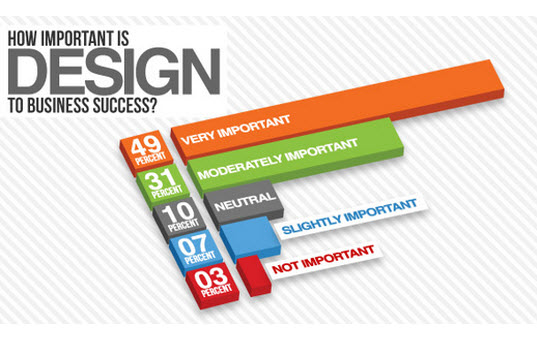Fascinated In Learning Exactly How Web Site Design Has Progressed? Explore The Journey From Simple Designs To User-Centric Techniques
Fascinated In Learning Exactly How Web Site Design Has Progressed? Explore The Journey From Simple Designs To User-Centric Techniques
Blog Article
Created By-Lamb Harding
In the past, web sites were basic and focused on details. Navigation was straight, and design was for desktops. Now, individual experience is key. Data overviews layouts for very easy navigation. Receptive layouts fit various devices. Today, dark mode lowers stress, and minimal menus improve navigating. Interactive features involve individuals, and vibrant visuals stick out. AI assimilation improves engagement. See exactly how design has evolved to enhance your on the internet journey.
Early Days of Website Design
In the very early days of website design, simplicity reigned supreme. Websites were basic, with restricted colors, fonts, and formats. The emphasis got on providing details rather than showy visuals. Customers accessed the net via slow-moving dial-up connections, so rate and capability were essential.
Navigating food selections were straightforward, commonly located on top or side of the web page. Websites were created for desktop, as mobile browsing wasn't yet prevalent. Web content was king, and developers prioritized very easy readability over complicated layout aspects.
HTML was the main coding language used, and designers needed to function within its restrictions. Computer animations and interactive functions were marginal contrasted to today's standards. Internet sites were static, with little vibrant material or personalized customer experiences.
Surge of User-Focused Layout
With the development of internet site layout, a shift in the direction of user-focused style principles has ended up being significantly famous. Today, developing websites that focus on customer experience is vital for involving visitors and attaining business goals. Read Much more -focused style entails recognizing the demands, choices, and actions of your target market to tailor the site's layout, content, and includes accordingly.
Developers now carry out complete study, such as individual surveys and use testing, to collect understandings and responses straight from individuals. This data-driven strategy aids in developing user-friendly navigation, clear calls-to-action, and aesthetically enticing user interfaces that reverberate with visitors. By positioning the individual at the facility of the layout process, internet sites can supply a much more individualized and enjoyable experience.
Responsive design has also emerged as a vital facet of user-focused design, making sure that internet sites are maximized for various tools and screen sizes. This flexibility enhances access and usability, accommodating the varied ways customers connect with web sites today. Fundamentally, the rise of user-focused design represents a change towards developing digital experiences that focus on the needs and assumptions of the end individual.
Modern Trends in Website Design
Explore the most recent fads forming web design today. One famous trend is dark setting layout, supplying a smooth and modern-day appearance while decreasing eye strain in low-light settings. One more essential trend is minimalist navigation, simplifying food selections and boosting user experience by concentrating on essential elements. Integrating micro-interactions, such as animated buttons or scrolling effects, can create a more appealing and interactive web site. Responsive style stays critical, ensuring smooth customer experiences across different gadgets. In addition, utilizing strong typography and asymmetrical layouts can add visual passion and draw attention to specific web content.
Incorporating AI modern technology, like chatbots for client assistance or personalized suggestions, enhances individual interaction and streamlines procedures. Access has likewise end up being a significant trend, with designers focusing on inclusive style methods to cater to diverse user demands. Welcoming simply click the next site by optimizing website performance for rate and performance is another arising pattern in website design. Collaborating with user feedback and information analytics to iterate and boost layout continuously is essential for remaining pertinent in the ever-evolving electronic landscape. By accepting these modern-day fads, you can create an aesthetically attractive, easy to use web site that resonates with your audience.
Verdict
As you reflect on the evolution of website design from the very early days to currently, you can see how user-focused layout has actually become the driving force behind contemporary patterns.
Embrace the journey of modification and adjustment in web design, always keeping the customer experience at the center.
Stay present with the current trends and innovations, and never quit advancing your strategy to create visually magnificent and straightforward web sites.
Progress, adjust, and develop - the future of web design remains in your hands.
